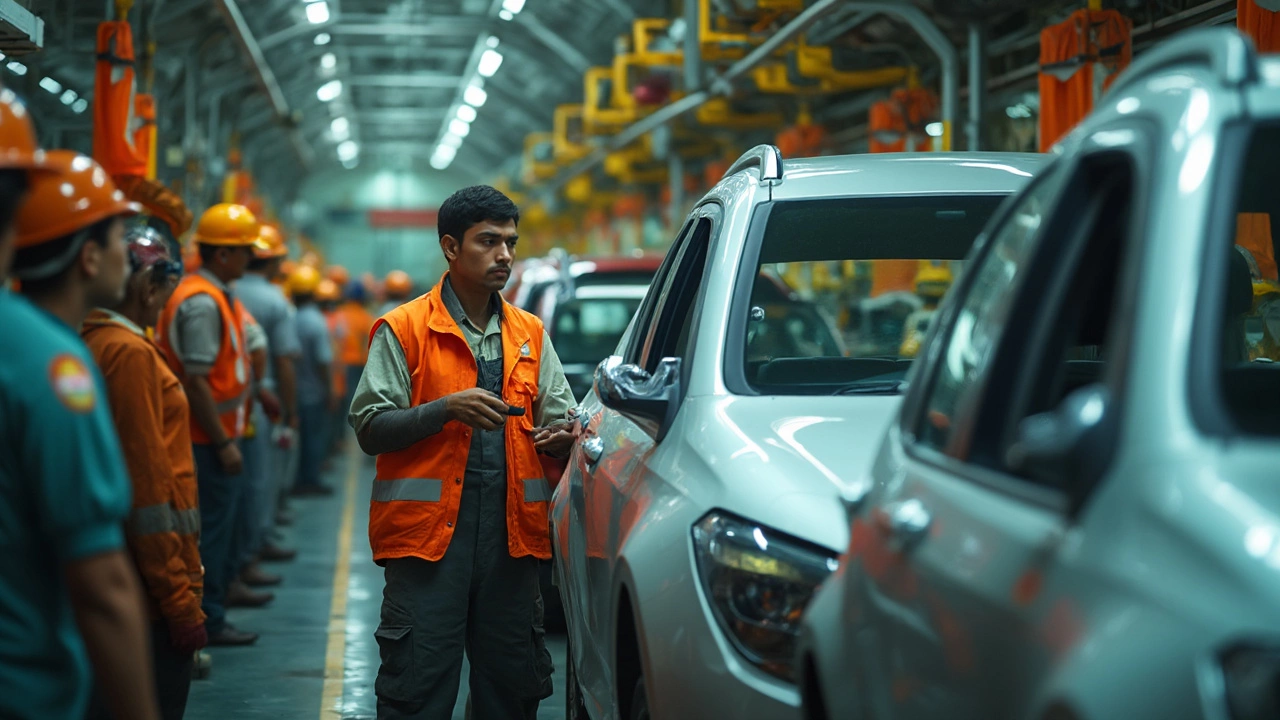Indian Auto Industry: Trends, Growth & Opportunities
India’s auto sector is one of the fastest‑moving parts of the economy. Every year more cars, bikes, and commercial vehicles hit the roads, and factories across the country keep churning out parts for the world. If you’re a supplier, investor, or just curious about what makes India tick, this guide breaks down the key facts you need right now.
What’s Driving the Growth?
First off, rising incomes are putting more money in people’s pockets, so they’re buying personal vehicles faster than ever. Urbanization adds to the mix—new cities need trucks and buses to move goods and commuters. The government’s push for electric vehicles (EVs) also creates fresh demand for batteries, chargers, and new‑type components. On top of that, export policies let Indian makers ship cars to Africa, the Middle East, and even Europe, widening the market beyond home soil.
Big Players and What’s Next
Maruti Suzuki, Tata Motors, Mahindra & Mahindra, and Hyundai dominate the passenger‑car space, while companies like Ashok Leyland and Eicher lead in commercial vehicles. New entrants such as Ola Electric and startups focusing on EVs are reshaping the landscape. The trend is clear: more focus on fuel efficiency, lower emissions, and smart tech. Expect tighter regulations on emissions, which will push manufacturers to adopt lighter materials and advanced powertrains.
Supply‑chain dynamics matter too. Local steel, aluminum, and polymer producers are seeing higher orders, especially for parts that meet stricter safety standards. At the same time, shortages in semiconductors have taught the industry to diversify sources and invest in domestic fabs. For anyone looking to partner with the auto sector, keeping tabs on these material trends is crucial.
Talent is another piece of the puzzle. Engineering colleges across India are producing thousands of graduates each year, but the gap between theory and factory floor skills remains. Companies that invest in training programs, apprenticeships, and up‑skilling stand to win better productivity and lower turnover.
Finally, consumer preferences are shifting toward connectivity and safety. Features like touchscreen infotainment, advanced driver‑assistance systems (ADAS), and over‑the‑air updates are no longer luxury add‑ons—they’re becoming expectations. Suppliers who can deliver reliable modules for these technologies will find ample opportunities.
In short, India’s auto industry offers a mix of strong demand, evolving technology, and supportive policies. Whether you’re planning to launch a new product, explore exports, or simply understand where the market’s heading, keeping an eye on growth drivers, major players, and emerging trends will give you a solid edge.

India Automobile Manufacturing: Does India Produce Cars?
India absolutely produces automobiles, from compact hatchbacks to heavy trucks. It’s home to some of the world’s largest carmakers and plays a huge role in exporting vehicles across the globe. The country’s auto industry helps support millions of jobs and drives related tech, from electric vehicles to automation. Whether you’re curious about made-in-India car brands or want to understand how the sector works, this article peels back the curtain. Get ready for a closer look at what powers the Indian auto assembly lines.
Read More